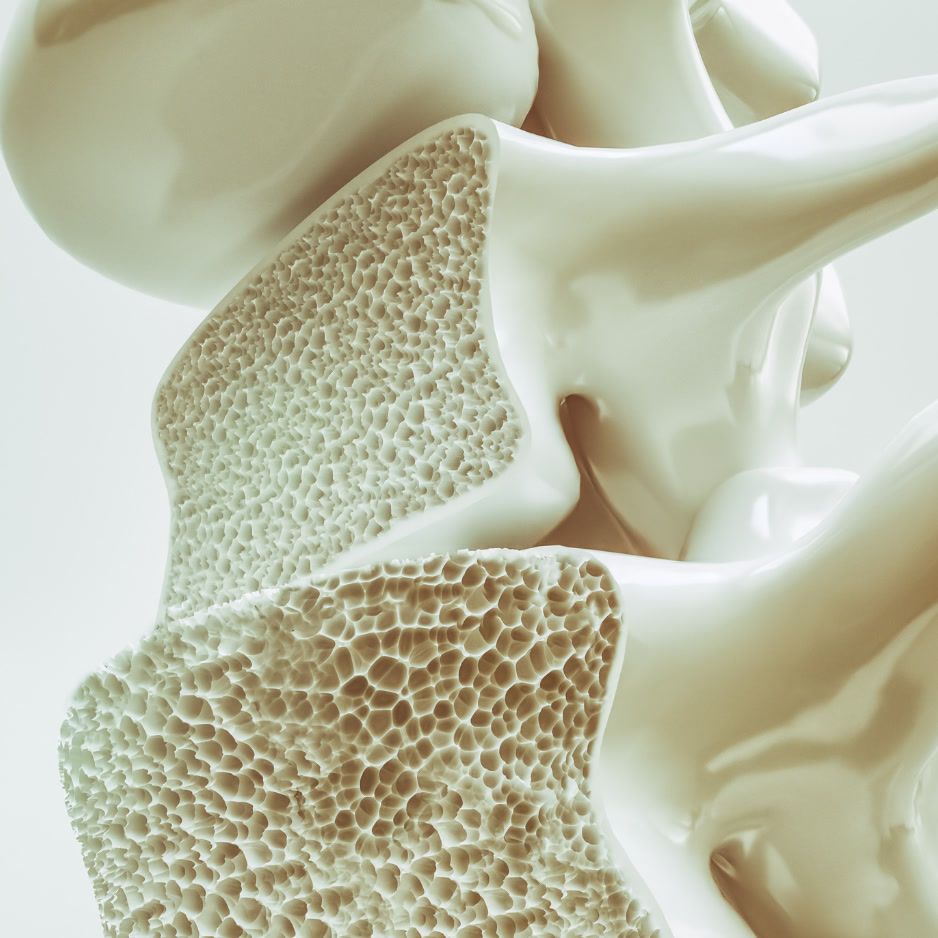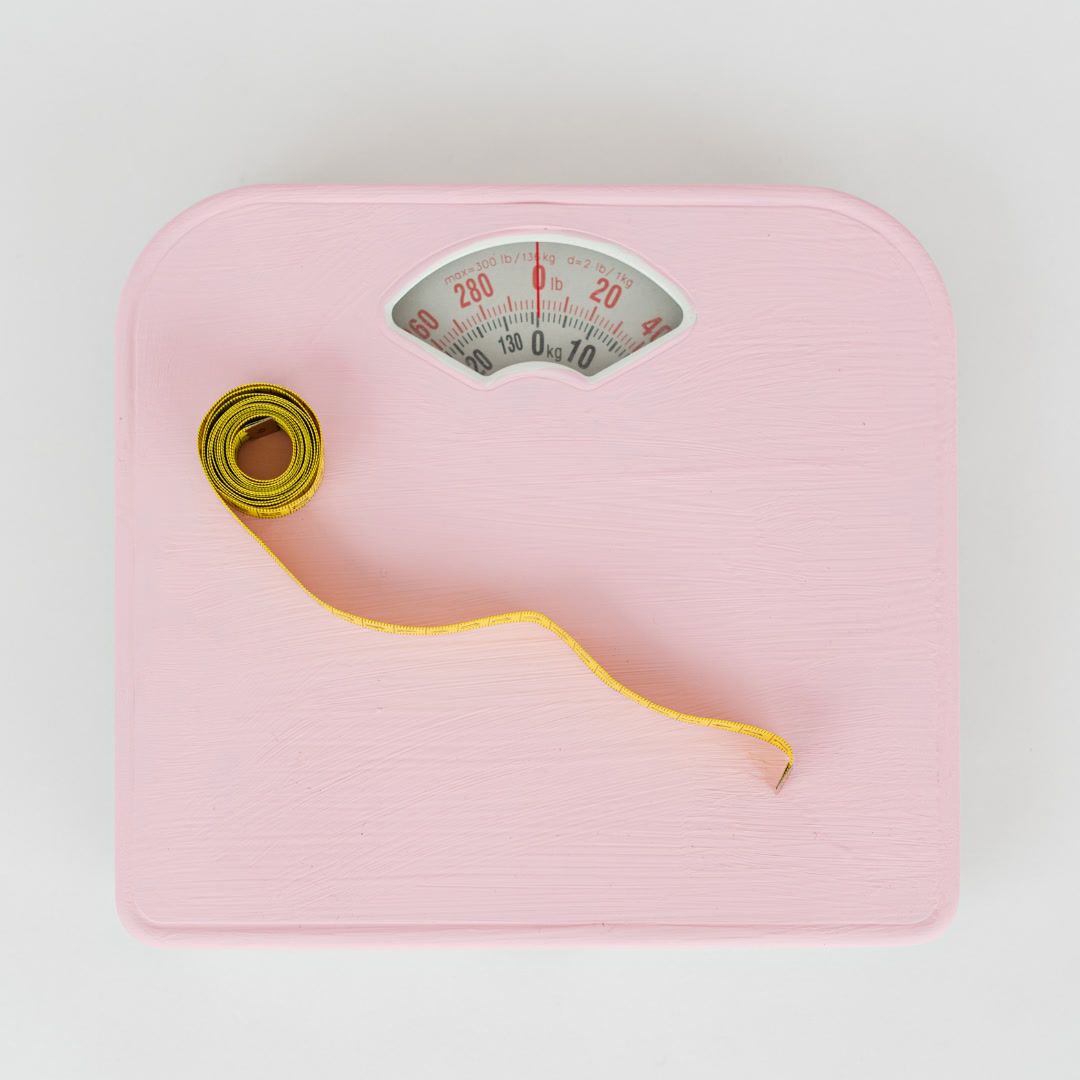Black Seed Oil: Benefits, Dosage, Uses, and Side Effects

Black Seed Oil: Benefits, Dosage, Uses & Side Effects
Curious whether black seed oil actually lives up to the hype? Black seed oil, pressed from the seeds of Nigella sativa (also called black cumin or kalonji), contains bioactive compounds—most notably thymoquinone (TQ)—that have been studied for skin, respiratory, and metabolic effects. Some findings are promising. But dosing and product quality vary widely, and human evidence ranges from strong (for specific topical skin uses) to preliminary (for many whole-body claims).
Use this guide for a practical, evidence-based take on what black seed oil may do, how to use it safely, and how to pick a high-quality product.
The Quick Take
- Acne (topical): A 60-day randomized, double-blind trial found a 78% reduction in acne severity with a Nigella sativa hydrogel vs ~3% with placebo; no adverse events in the study group (Farsi 2020).
- Asthma: A meta-analysis reported better overall asthma control and higher FEV1; results are promising but mixed and based on small trials (Wei 2021).
- Metabolic markers: May cause small improvements in glucose, cholesterol, and blood pressure, but evidence is low-quality and inconsistent (Frontiers overview 2023).
- Interactions & precautions: May interact with blood thinners, diabetes/BP meds, sedatives, and immunosuppressants. Avoid in pregnancy and generally avoid while breastfeeding. Stop use 2 weeks before surgery (WebMD monograph; LactMed, NIH).
- Potency varies: Thymoquinone content can differ >250-fold across products. A screening study found ~3 to 809 mg TQ per 100 g of oil; a conservative adult daily TQ intake target is below ~48.6 mg (Schwierczek 2022).
Note: This article is educational and not medical advice. Always talk to your clinician before starting supplements, especially if you take prescription medications, are pregnant or breastfeeding, or have medical conditions.

What is black seed oil?
Black seed oil is a dietary supplement expressed from Nigella sativa seeds. Its best-studied constituent is thymoquinone (TQ), which shows antioxidant and anti-inflammatory activity in lab and animal research. Human research spans dermatology (acne, eczema, vitiligo), respiratory conditions (allergic rhinitis, asthma), metabolic factors (blood sugar, lipids, blood pressure), and weight management—but the quantity and quality of clinical trials vary by outcome (Tavakkoli 2017; WebMD).
What does the research say? (By outcome)
1) Skin health: Acne (strongest evidence for topical use)

- In a randomized, double-blind, placebo-controlled trial (n=60), applying a Nigella sativa hydrogel twice daily for 60 days reduced acne severity by 78% on the Investigator’s Global Assessment vs 3.3% with vehicle; lesion counts and quality-of-life scores improved; no adverse events were reported (Farsi 2020).
- Black seed has also been explored for eczema and vitiligo in small studies and reviews, but evidence is more limited (Tavakkoli 2017).
How to try it topically (evidence-aligned):
- Start simple: Use a standardized topical gel or lotion twice daily for up to 8 weeks, then reassess. Patch test first and discontinue if irritation occurs (based on trial parameters and consumer safety monographs).
2) Asthma and allergies (emerging but mixed)
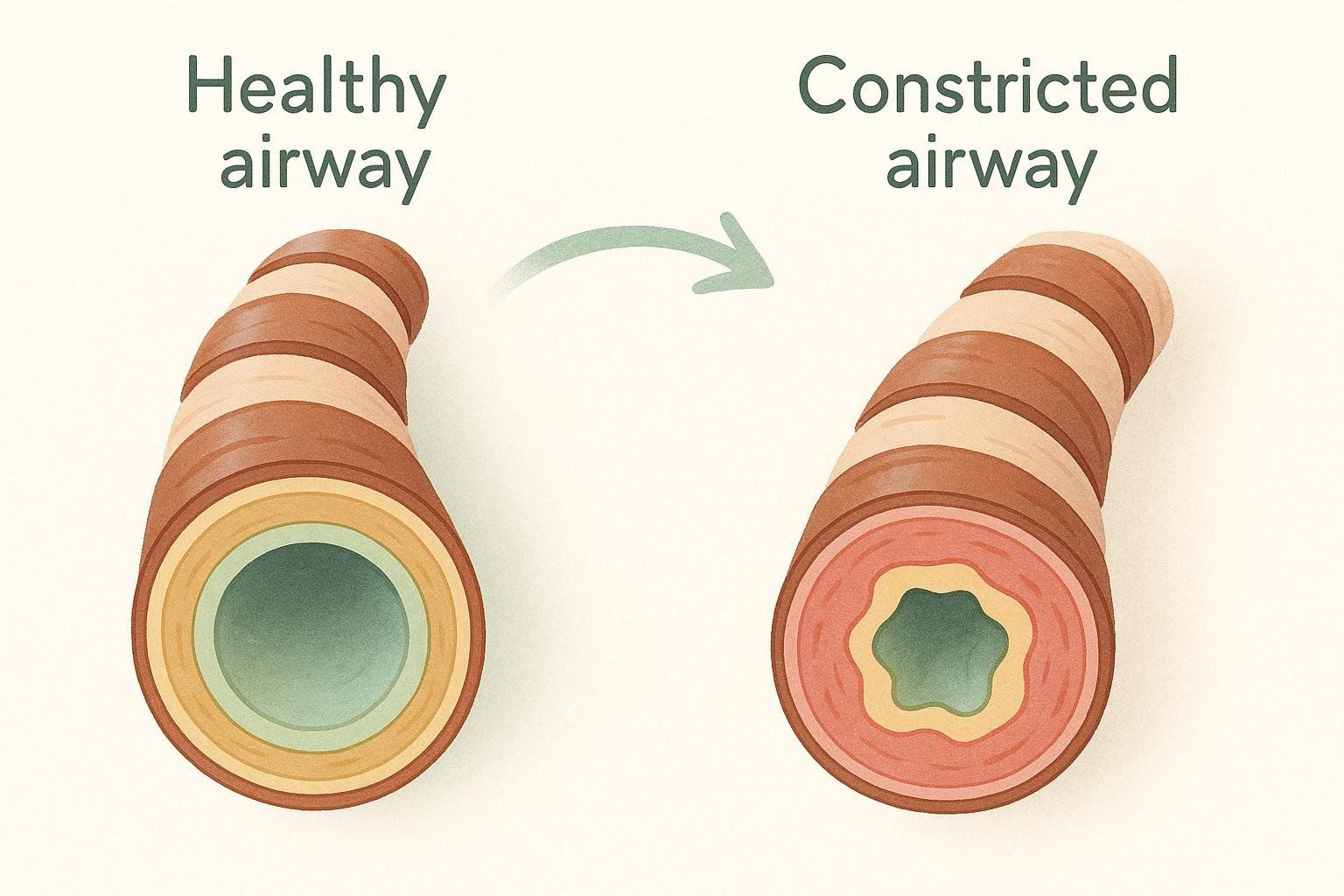
- A meta-analysis of randomized trials (187 participants; 4–12 weeks) found that Nigella sativa supplementation improved Asthma Control Test (ACT) scores and FEV1 versus control, with no significant effects on some other measures. Authors called for larger, higher-quality trials (Wei 2021).
- Monograph summaries also report improvements in allergic rhinitis (hay fever) symptoms with daily black seed preparations in some studies (WebMD).
Considerations:
- Think of black seed as an adjunct, not a replacement, for prescribed asthma or allergy therapies. Discuss with your clinician and track symptoms/lung function as advised.
3) Metabolic health (blood sugar, lipids, blood pressure)

- Reviews of randomized trials report small average reductions in fasting glucose, HbA1c, total and LDL cholesterol, triglycerides, and diastolic blood pressure, with inconsistent findings and generally low-to-very-low certainty evidence (Frontiers overview 2023; Tavakkoli 2017; WebMD).
What this means:
- If you and your clinician consider a trial for metabolic support, set realistic expectations (think small effects) and monitor objective markers (fasting glucose/A1c, lipid panel, blood pressure). Pair any supplement with foundational diet, training, sleep, and stress strategies.
- To track progress over time, consider a DEXA scan and these resources:
4) Weight management and body composition
- A meta-analysis of randomized trials concluded that adult supplementation with Nigella sativa modestly reduces body weight and BMI, with no consistent effect on waist or hip measures (Karimi 2023).
Takeaway:
- The average effect is small. If weight or fat reduction is your goal, anchor your plan in nutrition and training. If you add black seed, track outcomes objectively (scale, tape, DEXA) and reassess after 8–12 weeks.
5) Wound healing and other potential uses
- Preclinical and early human studies suggest TQ may support wound healing and skin barrier repair; other exploratory areas include male fertility markers and certain infections. These applications remain preliminary and require more robust human trials (Tavakkoli 2017).
Oral vs. topical use: Typical studied doses and timelines
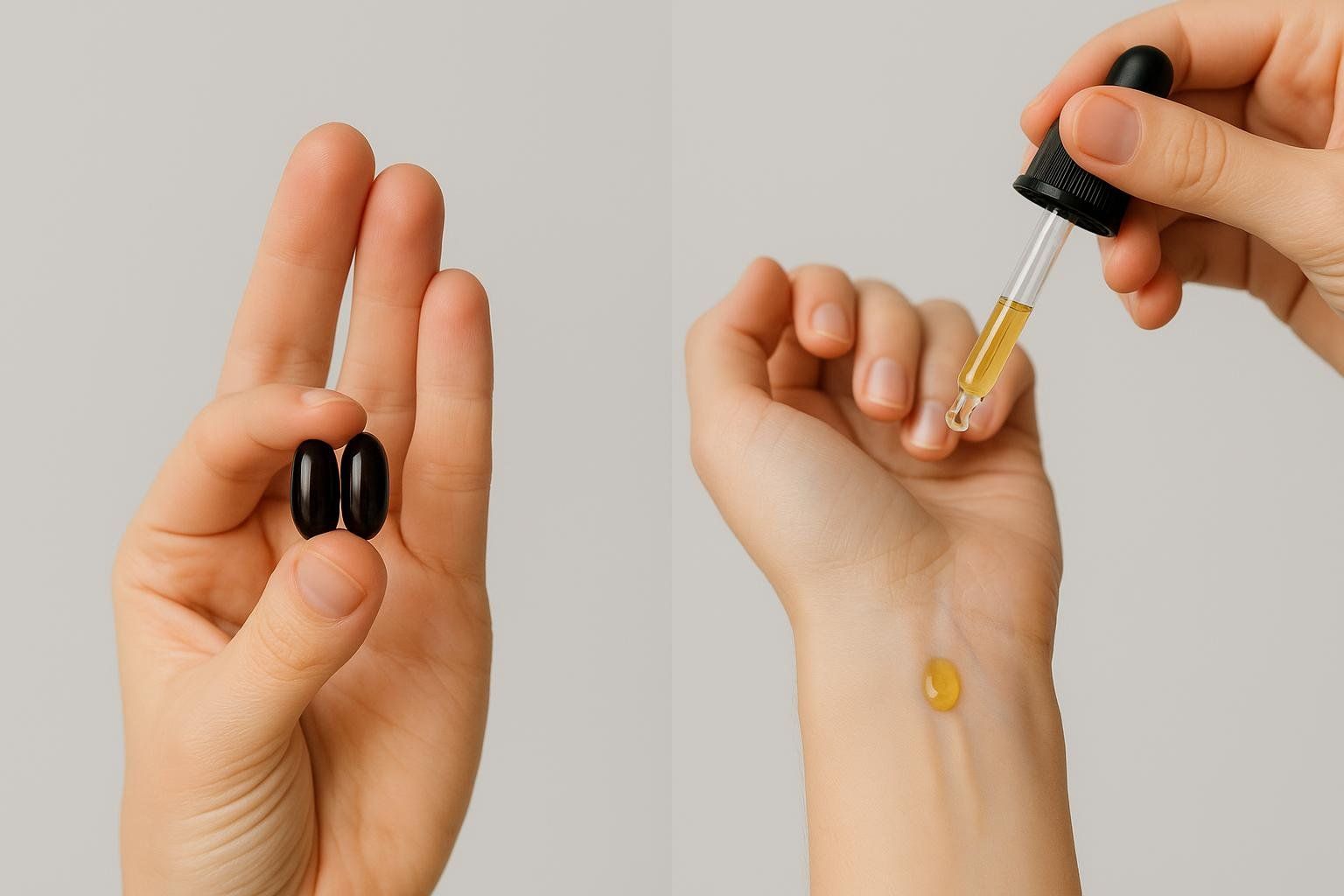
- Oral oil or powder (general ranges):
- Thymoquinone-rich oils: A phase 1 randomized, double-blind, placebo-controlled study found that a TQ-rich black cumin oil (~5.2% TQ) at 200 mg/day for 90 days was well tolerated in healthy adults; lipid markers improved within normal ranges (Kumar 2022).
- Topical skin use: For acne, twice-daily application of standardized gels for 60 days improved severity in an RCT (Farsi 2020); patch test before use and avoid broken or irritated skin.
Important: Because TQ content varies, the same gram dose of “black seed oil” can deliver very different amounts of the active compound. See product selection below.
Safety, side effects, and major interactions
Most trials report good short-term tolerance, but side effects can include GI upset (nausea, bloating, diarrhea), constipation, and allergic skin reactions with topical use. Consult your clinician and use special caution in the following situations:

- Pregnancy: Avoid medicinal amounts; black seed may affect uterine contractions (WebMD).
- Breastfeeding: Insufficient reliable data; generally avoid (LactMed, NIH).
- Surgery: Stop at least 2 weeks pre-op due to potential effects on blood sugar, blood pressure, clotting, and sedation (WebMD).
- Bleeding/clotting: May increase bleeding risk with anticoagulants/antiplatelets (e.g., warfarin, clopidogrel) (WebMD; Yusof 2022).
- Blood sugar: May enhance glucose-lowering effects—monitor if using antidiabetic drugs (WebMD).
- Blood pressure: May augment antihypertensives—monitor (WebMD).
- Sedation and serotonergic drugs: Potential additive effects with sedatives; serotonergic interactions are listed in some references (WebMD).
- Immunosuppression: Possible interaction with immunosuppressants and cyclosporine (WebMD).
Drug-metabolism note: Thymoquinone can inhibit CYP2C9 in vitro, the enzyme that helps clear drugs such as warfarin and phenytoin, raising theoretical interaction risks. This interaction could increase the drug’s concentration, magnifying its effects and raising side-effect risk (for example, bleeding with warfarin) (Yusof 2022). Always review your medication list with your clinician before use.

Mechanisms (what scientists are exploring)
- Respiratory: TQ may influence histamine pathways and airway smooth muscle tone, and exert anti-inflammatory effects that could support asthma control (Wei 2021).
- Metabolic: TQ’s antioxidant and anti-inflammatory actions may improve insulin sensitivity and lipid handling, potentially affecting blood sugar and cholesterol markers (Tavakkoli 2017).
- Dermatology: Antimicrobial and anti-inflammatory effects may contribute to acne improvements (Farsi 2020).
These mechanisms are active research areas; not all translate into clinically meaningful outcomes.
How to choose a quality black seed oil (and dose it intelligently)
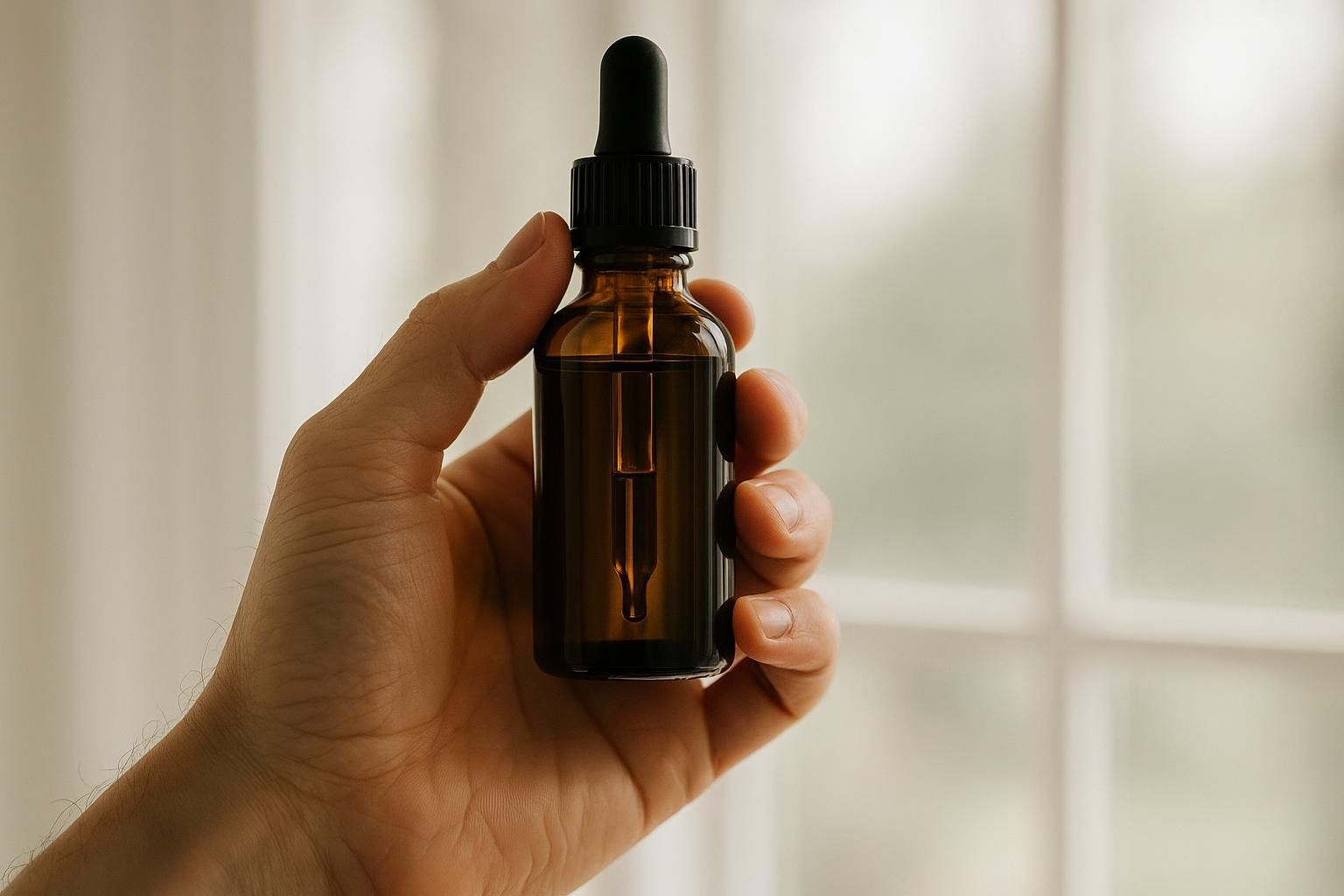
Not all products are comparable. Thymoquinone content—and therefore potency—can vary by more than 250-fold across retail products.
- Look for standardized TQ content. Many quality oils list TQ as ~1–5% by weight; verify with a certificate of analysis or third-party testing. A market screening found TQ ranged from ~3 to 809 mg per 100 g across products (Schwierczek 2022).
- Mind the TQ ceiling. A literature-based safety review suggested a daily TQ intake below ~48.6 mg per adult appears safe (Schwierczek 2022).
- Quick math example: If an oil lists 5% TQ, then 1 g oil ≈ 50 mg TQ. A single 1‑gram dose of this oil delivers ~50 mg of TQ, exceeding the conservative daily safety threshold. A smaller oil dose (e.g., 200 mg/day ≈ 10 mg TQ) may be prudent and aligns with the TQ‑rich oil phase‑1 safety study (Kumar 2022). When in doubt, ask the manufacturer for TQ content and consult your clinician.
- Choose reputable manufacturing. Prefer cold-pressed oils in dark glass, from suppliers that provide lot-specific testing for TQ content, rancidity markers (peroxide value), heavy metals, and microbial contamination.
- Consider capsules for precise dosing if you find the taste strong.
- Store properly. Keep sealed, cool, and away from light; refrigerate after opening if the label recommends.
Practical protocols
- For acne-prone skin (topical):
- Patch-test a standardized gel or lotion; then apply a thin layer twice daily for 8 weeks, avoiding open lesions. Stop if irritation develops (Farsi 2020).
- For respiratory support (adjunct):
- Discuss with your clinician; if approved, trial a conservative oral dose based on labeled TQ content for 8–12 weeks alongside your prescribed regimen. Track ACT scores and lung function if advised (Wei 2021).
- For metabolic support (adjunct):
- Start with foundations (diet quality, activity, sleep, stress). If adding black seed oil, consider a 4–12 week trial with objective monitoring: fasting glucose/A1c, lipid panel, blood pressure, and body composition.
A quick myth check: Does black seed oil “melt belly fat”?
Short answer: No magic here. Some studies show modest weight/BMI reductions, but claims of targeted belly-fat melting don’t match the evidence. Focus on nutrition, training, sleep, and stress—and use tools like DEXA to see if visceral fat is actually dropping (Karimi 2023; DEXA visceral fat guide).
